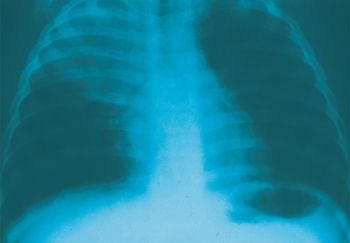
Images of allergic fungal rhinosinusitis, Wegener granulomatosis, interstitial lung disease, and other respiratory disorders show up in this photo essay.

Images of allergic fungal rhinosinusitis, Wegener granulomatosis, interstitial lung disease, and other respiratory disorders show up in this photo essay.

HIV-positive veterans had a 48% increased risk for acute myocardial infarction compared with uninfected veterans.
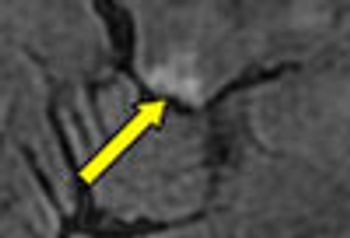
Does this look like melanoma? Which is not true of Löfgren syndrome? Yoga and Afib; what cause of mental confusion? Skin lesions and HIV.. . . See if you can answer this week's quiz questions.

The prevalence of chronic cough is reported to be 5% to 7% in preschoolers and 12% to 15% in older children. Diagnosis and management can present challenges.

Ketorolac is a good option for relieving pain in patients with sickle cell disease, but there is a problem with children.
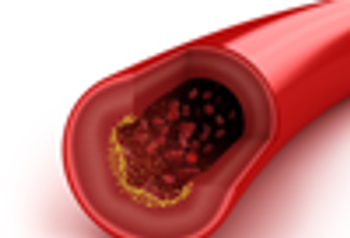
Diabetes progress; folic acid and autism; acupuncture and allergic rhinitis; depression and shingles vaccine; HMP virus alert.
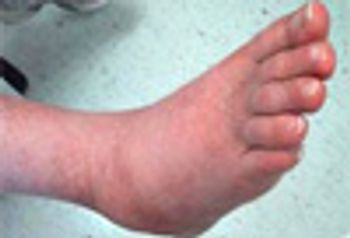
MS sex ratio, Charcot neuroarthropathy, antibiotic error, obesity and exercise.

Approximately 25% of those infected with HIV are unaware of their positive status. The USPSTF says universal screening can help reduce disease burden.
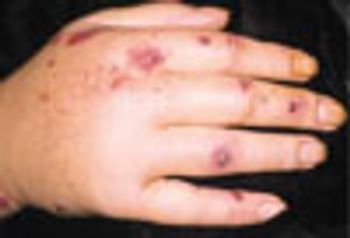
Edema of the hands has numerous etiologies: leukocytoclastic vasculitis, puffy hands from HCV infection, DVT, lymphedema, trauma

Millions of years of life have been saved by antiretroviral therapy. For more lives to be saved, for more years of life to be gained, patients and doctors need to be aware of the risk of HIV infection and to be amendable to screening.

The patient had right submandibular swelling with inflammation and induration up to the nape of neck. Ultrasonography showed multiple enlarged lymph nodes with soft tissue swelling. What's your diagnosis?

This study ought to put concerns about handling and administration of donor feces to rest: the cure rate in this study of fecal microbiota transplant for recurrent C difficile approached 95%.

What are some of the more common side effects of antiretroviral therapy, and what can the primary care physician do to help manage these effects? In this podcast, infectious disease expert Rodger MacArthur, MD, offers insights and points readers to updated comprehensive guidelines.

This friable lesion with rapid and destructive growth is classic for granuloma inguinale. This patient was treated successfully with trimethoprim/sulfamethoxazole.

The primary goal of treatment is to minimize the progression of foot deformity by achieving and maintaining structural stability of the foot and ankle.

The worldwide sex ratio of MS has been substantially changing over the last century. Environmental factor/s appear to be at work in a sex-specific manner.
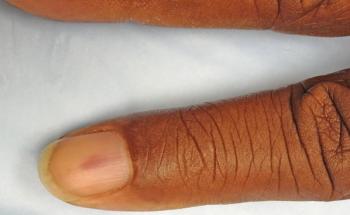
Gradual subungual discoloration; benign paroxysmal vertigo; thrush in HIV infection; paralyzed phrenic nerve: see if you can answer this week's 5 quiz questions.

Botox approved for urinary incontinence or frequency; screening for partner violence; Norovirus update; immunization schedule update; new name for PCOS?

Medication errors in the pediatric population occur in both the inpatient and outpatient settings. Pediatric medication errors occur at an approximate rate of 16% of cases in the outpatient setting.

An update to the adult immunization schedule has been released by the Centers for Disease Control and Prevention’s Advisory Committee on Immunization Practice.
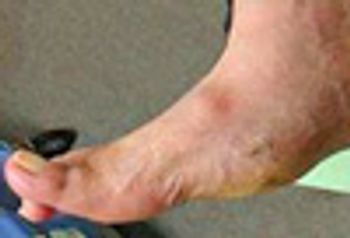
This enigmatic, destructive, and deforming condition most often affects persons who have diabetes.
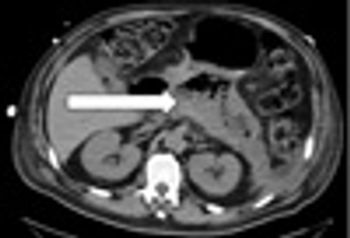
Emphysematous pancreatitis is a rare form of necrotizing pancreatitis. Free air within the pancreatic parenchyma is typically attributed to infection.

Condylomata acuminata this extensive are beyond the capacity of all topical therapies. The area was initially treated by carbon dioxide laser ablation, and residual small foci of infection were subsequently treated with topical 5% imiquimod cream.
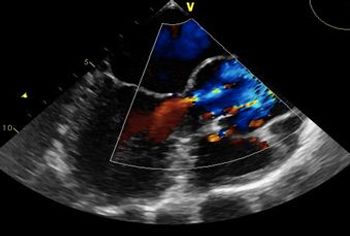
PFO can be detected in 10% to 15% of the population by transthoracic echocardiogram. Autopsy studies show a prevalence of PFO of approximately 26%.
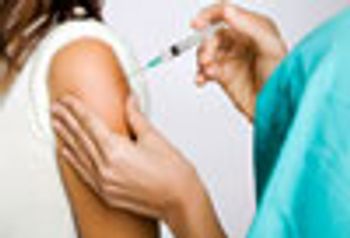
FDA Approves New Flu Vaccine: Drug Trio Increases Kidney Risk; Spotting Problem Drinkers; Migraines and Blood Clots; New Class of Diabetes Drug